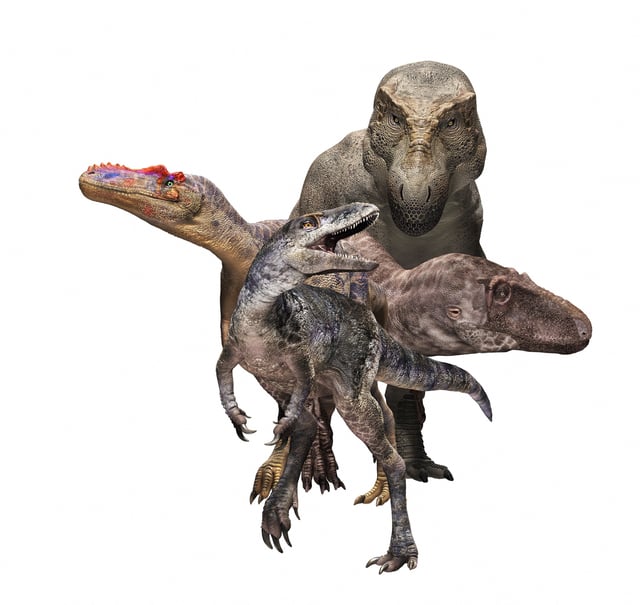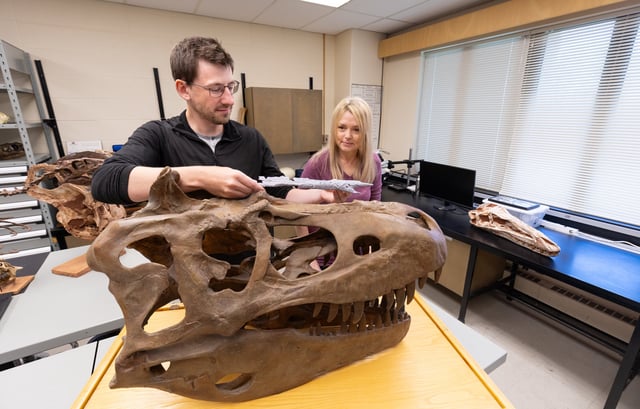Overview
- Khankhuuluu mongoliensis lived about 86 million years ago and measured roughly 4 meters long while weighing around 750 kg, marking it as a modest predecessor to later giant tyrannosaurs.
- Fossils unearthed in Mongolia in the early 1970s were re-examined by University of Calgary and Mongolian Academy of Sciences researchers and formally described in Nature in June 2025.
- Distinctive features such as a hollow snout bone and unique orbital bones set Khankhuuluu apart from true tyrannosaurs while confirming its transitional status.
- Phylogenetic models trace tyrannosaur origins to Asia and show ancestors crossed a Siberia–Alaska land bridge about 85 million years ago, leading to North American apex predators.
- The study refutes the idea that long-snouted ‘Pinocchio-rexes’ were ancestral forms and instead rewrites the tyrannosaur family tree culminating in T. rex.



